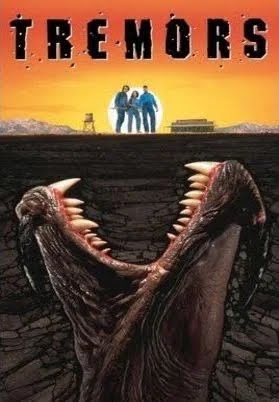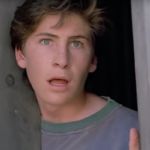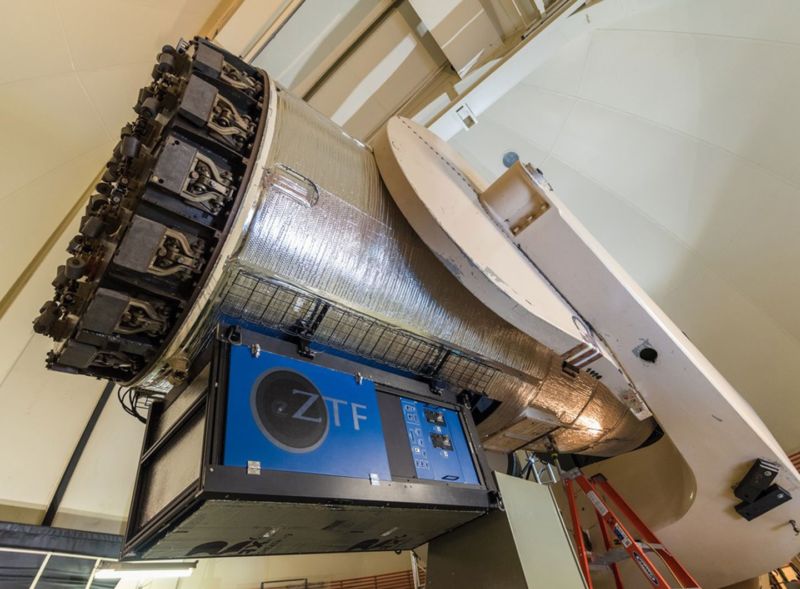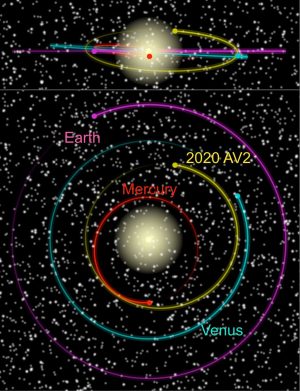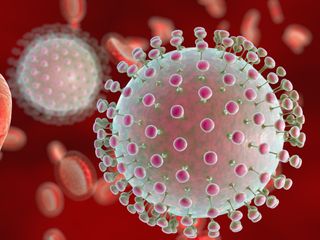The film faltered at the box office but amassed a huge cult following over the years.
JENNIFER OUELLETTE - 1/19/2020
It has been 30 years since the release of Tremors, an unabashed love letter to the B-movie creature features of the 1950s that remains as fresh today as it was three decades ago. The film is sheer perfection and ranks among my personal favorite films of all time. As Ars' own Nathan Matisse wrote last year, "If B-movie horror with flashes of comedic brilliance and a few edge-of-your-seat scares interests you, viewers likely can't do much better than Tremors."
(Major spoilers below, because it's been 30 years.)
Writers S.S. Wilson and Brent Maddock came up with the initial idea for Tremors in the early 1980s while making educational safety videos for the US Navy. They climbed a desert boulder for a shot and pondered what they would do if, for some reason, they were stuck there due to some outside force they eventually dubbed "Land Sharks." A friend of theirs, Ron Underwood, was a documentary director for National Geographic and helped them develop a believable creature for what would become the script for Tremors. Wilson and Maddock hit the big time with their 1986 film Short Circuit (directed by John Badham), which enabled them to finally bring Tremors to the silver screen.
The story takes place in the tiny fictional desert town of Perfection, Nevada—population 15, at least at the start of the film. Local handymen/BFFs Val (Kevin Bacon) and Earl (Fred Ward) are eking out an existence doing odd jobs for the residents in exchange for all that personal freedom. Said residents include Walter (Victor Chong) who runs the local market; teenaged horror Melvin (Bobby Jacoby); single mom Nancy (Charlotte Stewart), who sells pottery and has a daughter, Mindy (Ariana Richards); a doctor, Jim (Conrad Bachmann), and his wife, Megan (Bibi Besch); rancher Miguel (Tony Genaro); a survivalist couple, Burt and Heather Gummer (Michael Gross and Reba McEntire); Nestor (Richard Marcus); and two elderly residents: Edgar Deems (Sunshine Parker) and "Old Fred" (Michael Dan Wagner), a farmer.
FURTHER READING Kevin Bacon shares the Tremors TV pilot—Val is washed, Graboids are hungry
There's also a grad student, Rhonda (Finn Carter), who is spending the summer monitoring her university's seismology equipment. She soon picks up on some very strange readings, right about the time Perfection's residents start dying under mysterious circumstances. Eventually, everyone discovers the culprits: four giant subterranean creatures that Walter dubs "graboids," since they "hunt" by sensing vibrations and shooting snake-like protrusions out of their mouths to grab their prey. From then on, it's humans vs. graboids in a battle of wits to determine the survival of the fittest.
Tremors debuted in theaters on January 19, 1990 and grossed a mere $3.7 million opening weekend, eventually eking out $16.6 million domestically against its modest $11 million budget. Both Maddock and Wilson criticized the marketing of the film, with Maddock calling the theatrical trailer "cringeworthy." (It actually is pretty bad.) Critics generally liked the film, praising the performances and how well the film walked the tonal tightrope between horror and humor.
Tremors really took off with its release on home video (and, subsequently, DVD and streaming), gaining a substantial cult following. Numerous bad sequels followed, all straight-to-video/DVD. In style and tone, they had more in common with the Sharknado franchise than the original film. There was Tremors 2: Aftershocks (1996), Tremors 3: Back to Perfection (2001), Tremors 4: The Legend Begins (2004), Tremors 5: Bloodlines (2015), and Tremors: A Cold Day in Hell (2018). A seventh installment, Tremors: Island Fury, is rumored to be in development. There was even a short-lived SyFy TV series in 2003, set just after the events of Tremors 3, that was abruptly cancelled after just 13 episodes.
I enjoy a cheesy SyFy flick as much as anyone, but none of the sequels even comes close to capturing the magic of the original Tremors. It's got a terrific cast of characters, for starters, all types one would expect to find in a town like Perfection. Burt's "UZI 4U" license plate and impassioned rants about eminent domain are just one example of many delightful details. The actors all nail their portrayals. (Special shoutout to Finn Carter's Rhonda, who is that rare gem in film: a believable working scientist.) It has an equally terrific script, with on-point dialogue that illuminates the intricate relationships among the residents, especially the inevitable tensions and arguments. ("I know, I know, he thinks he knows everything," Heather says soothingly to a disgruntled Burt after a face-off with Earl.)
Director Ron Underwood (who went on to make City Slickers and Mighty Joe Young) set the narrative up like a mystery, introducing us to the main characters and setting as they realize the threat that is coming for them. We don't see the graboids at all at first, just their victims. Val and Earl find Edgar Deems perched on an electrical tower, dead of dehydration. Something terrified him so much, despite his trusty Winchester rifle, that he chose to die slowly over days rather than come down.
Next, we see Old Fred working the hoe as his sheep start bleating in terror. The ground rumbles, and poor Fred is yanked underground. Val and Earl find his head and assume a serial killer is on the loose—especially when they discover the gory remains of two road workers. They find what appears to be a dead snake attached to the underside of their truck and finally encounter the first full-sized graboid while riding for help in nearby Bixby.
Underwood expertly boosts the suspense by revealing there are actually four graboids, then blocks off the one road out of town and takes away each alternate option as the creatures close in. Eventually the surviving residents of Perfection find themselves trapped on a cluster of boulders in the desert—the scenario that inspired the film—while the last two graboids lie in wait for them to either die of thirst, like Edgar, or attempt to run for safety and become lunch.
But it's the ingenious design of the graboids that really make the film for me—how the characters figure out the monsters' characteristics. Above all, the graboids are smart and capable of learning about their human prey and adapting accordingly. When humans hide in a car, they dig around the surrounding soil so the whole vehicle sinks underground. They do the same thing to loosen building foundations when the residents take refuge on their roofs. They dig a trap just as the humans are almost safely to the mountains, and so forth. The humans have to keep upping their game to survive, and the ingenious ways they outwit the monsters is a huge part of the film's delight.
Several years ago, SyFy attempted to revive the TV series, with Blumhouse Productions behind the project—even signing on Bacon to reprise his role as Val, focusing on what happened to him 25 years later. (Footloose might have catapulted Bacon to stardom, but Val ranks among his most career-defining performances). As Nathan Matisse wrote:
Val has clung to his hero days while the town of Perfection struggled to determine its next move. The show's Graboids' World theme park more closely resembles an aging regional destination than Disney World, and even the local cafe probably regrets changing its name to an inevitable Instagram thirst trap, Grab-A-Coffee.
But the network ended up passing on the pilot, although footage was shown at the 2019 ATX Television Festival last year. And it's sadly unlikely to find a home elsewhere. Ah well, at least we still have the original to watch and re-watch, hopefully for decades to come.
Listing image by Universal Picture
Val (Kevin Bacon) and Earl (Fred Ward) check with Doctor Jim (Conrad Bachmann) and his wife Megan (Bibi Besch) to determine Edgar's cause of death.


Old Fred (Michael Dan Wagner) becomes a graboid's lunch.
Answer: nope.
